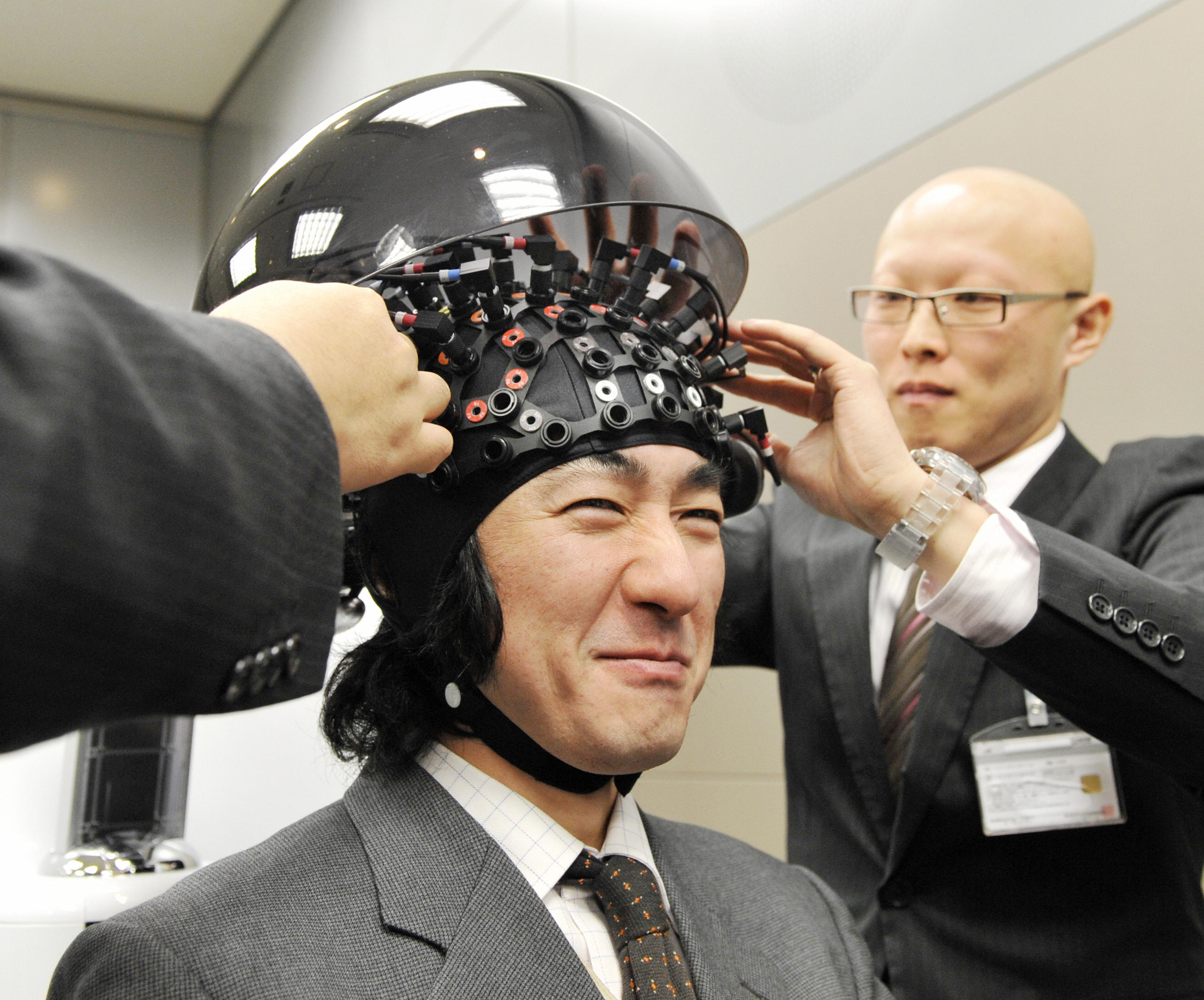A Device That Can Transfer Emotion Through Air

Technology can make us feel many things: excitement (when a new iPhone is announced), anger (when our printer won’t sync), and even sadness (when we drop our new iPhone in the toilet). But technology that’s able to evoke these emotions with a press of a button seems a bit dubious. However, Sussex scientist Dr. Marianna Obrist believes her technology can do it, just by stimulating different areas of the hand to convey feelings of happiness, sadness, excitement, or fear.
Her system, called UltraHaptics, is able to pinpoint a certain area of the hand to let out bursts of air, which results in an emotional reaction. For example, researchers have found stimulating the thumb, index finger, and middle part of the palm with a short, sharp burst of air will generate a feeling of excitement. Whereas a slow and moderate blow of air on the outer palm and the area around the pinky finger will stimulate feelings of sadness.
You may think it silly, but how many times have you tried to convey an emotional feeling via text? It’s hard.
This technology has the potential to help us convey those emotions. Obrist presents us with a hypothetical situation that most of us have been in:
“Imagine a couple that has just had a fight before going to work. While she is in a meeting, she receives a gentle sensation transmitted through her bracelet on the right part of her hand moving into the middle of the palm. That sensation comforts her and indicates that her partner is not angry anymore.”
From my own personal experiences of being in a long-distance relationship, Obrist hits a home run with her pitch explaining how “similar technology could be used between parent and baby, or to enrich audio-visual communication in long-distance relationships.” Indeed, the system has many personal- as well as business-related applications.
The system has been through several rounds of testing. First a group of participants created stimulations that best mirrored the emotions they felt after seeing a series of images depicting a “calm scenery with trees, white-water rafting, a graveyard, a car on fire, and a wall clock.” Then a second group rated these stimulations created by the first group and their accuracy of emotions evoked from the images. Then a third group again rated the stimulation and their accuracy when coupled with the images.
Science Daily writes that the results showed the “third group gave significantly higher ratings to stimulations when they were presented together with the image they were intended for, proving that the emotional meaning had been successfully communicated between the first and third groups.”
But that’s not the last of Obrist’s research; she’s working on creating more sensory-related technology — that’s right folks, smell-o-vision.
“Relatively soon, we may be able to realize truly compelling and multi-faceted media experiences, such as nine-dimensional TV, or computer games that evoke emotions through taste.”
Watch a 30-second video explaining the research on YouTube or read more at Science Daily.
Photo credit: Shutterstock





